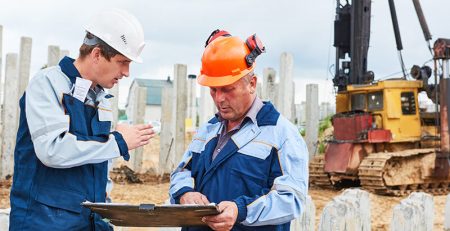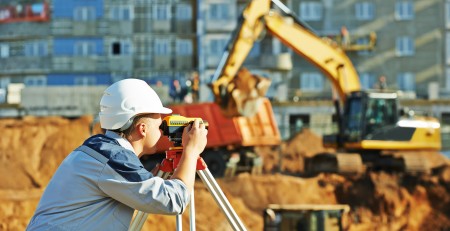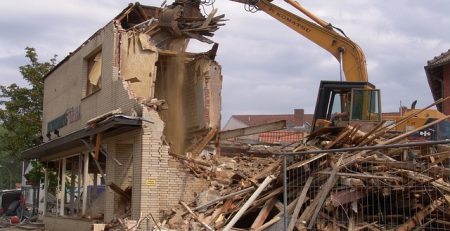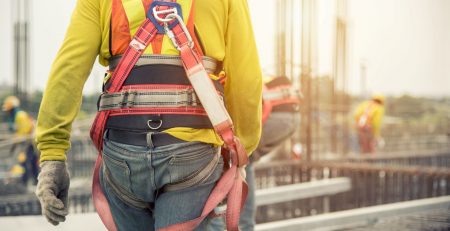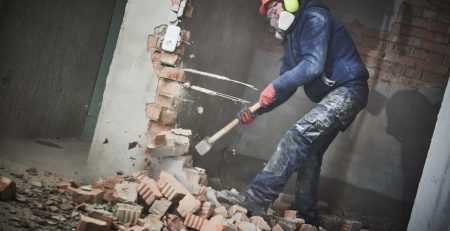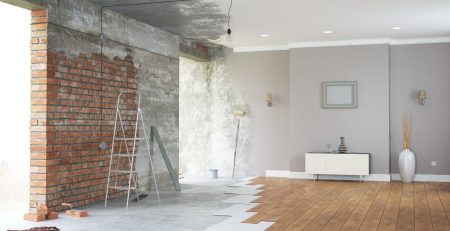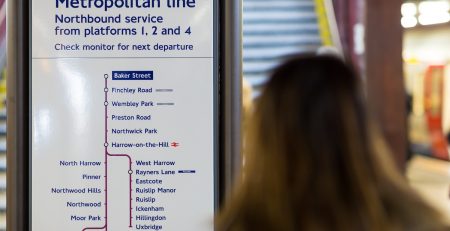Do we need a new fire safety framework for construction?
Building safer structures
It’s 2019, and you’d think we’d be past the point of worrying whether our buildings are about to burn down. Yet that’s the reality for many people after a spate of tragic fires, as well as warnings from unions and fire safety advocates. From schools to tower blocks to historic buildings, it seems that skimping on fire safety is still seen as an opportunity to save costs, rather than a vital means to protect properties and lives.
Particularly in the wake of Dame Hackitt’s Grenfell report, some are calling for a universal fire safety framework for construction. The idea is that everyone is held to the same unambiguous standards, and that fire safety is something that’s considered at each stage of the process, with greater clarity about whose job it is to oversee and enforce it. But is this really necessary, and how would such a framework function in practice across so many different projects?
Fundamental Flaws
The circumstances of the Grenfell fire are well established at this point. Evidence suggests that the type of cladding used – a polyethene core ACM – was not suitable for use on a tall building, and could be considered illegal, but was not explicitly outlawed. The cladding was also believed to be improperly fitted, with the fire barriers between floors proving completely ineffective. This seems to have been a combination of gaps in the cavities; the aluminium rainscreen which spanned the barriers; the intense rising heat; and the melting insulation and other materials, which may have dropped down and caused fires to spread below the point of ignition.
However, current concerns around fire safety are hardly limited to cladding, nor was cladding the only problem at Grenfell Tower. While sprinklers are now required in brand new highrises, they are not required in all high-risk buildings – merely advised. As such, it was recently revealed that only 15% of new schools in England contain sprinklers, in contrast to Scotland and Wales, where they are required in all schools. This contravenes both the official advice supplied to the government and the advice of the Fire Brigades Union, which has accused the government of a “callous disregard” for pupils’ safety.
Other problems which span all sorts of buildings include poorly-fitted or non-compliant fire doors, poor ventilation, inadequate partitioning and fire barriers, a lack of adequate escape routes, and confusion overtraining and advice, which is often a ‘one size fits all’ solution. What’s needed, many people argue, is a framework that encompasses all of these issues, providing guidance to designers and construction personnel, certification to suppliers, and peace of mind to the people employing them to build or renovate a structure.
Forming a Framework
Unscrupulous firms will be reluctant to break the law, but they will exploit loopholes wherever possible. And the fundamental loophole in health & safety law is that compliance is a passive rather than active process: the law is made clear and businesses are expected to comply with it, with fines only occurring if it later emerges that the law wasn’t being followed. With a process as complex and multifaceted as construction, this can encourage certain firms to take liberties in the sourcing and application of materials. The hope is that the shortcuts or cost-cutting measures never cause an issue – and that if they do, the blame can be shifted to the client.
What some are proposing is a formal framework which can bridge the gap between buyers – who often lack the expertise or resources to ensure compliance – and suppliers, who stand to gain from the accreditation involved in such a framework. One such example is LHC’s new Fire Safety (FS1) framework, which is the only such framework accredited by UKAS. At present, it only covers fire risk consultancy and assessments, although the aim is to provide similar frameworks for passive and active fire protection and detection systems.
Following such a framework would ensure that suppliers apply the highest industry standards, and in some cases would act as a demonstration of technical competence. Buyers could then choose from a list of approved suppliers, safe in the knowledge that their products are fully compliant with safety legislation, and that their technicians are capable and qualified. In the case of a passive fire protection framework, this would prevent the purchase of inadequate cladding, and ensure that it was properly fitted.
Barriers to Compliance
As the Hackitt Review clearly shows, fundamental changes in the law are still required to eliminate loopholes in building regulations, and ensure that safety is unambiguous. But exploiting loopholes is a conscious choice, as is choosing tenders without conducting sufficient research, or solely because they represent good value. As such, the onus clearly needs to be on disincentivising the attitude that cost is more important than care, as well as helping buyers to choose safe and ethical options.
The adoption of fire safety frameworks ultimately has to be driven by a feeling among both buyers and suppliers that they are necessary – and this is unlikely to happen until fire safety is less than an afterthought. In the immediate memory of Grenfell – and other newsworthy fires – there exists an opportunity to cement a more positive attitude to fire safety. The only way this will happen, however, is if an example is set from above – in other words, if the frameworks are adopted and mandated by the largest buyers and suppliers.
In this case, the government can fulfil both roles by helping to draft these universal standards, or by adopting and applying them to public projects. Given the prestige and prominence of public sector contracts, the government have a unique chance to ensure that quality rules over cost – not just in public tenders, but across the entire construction industry.
This post was written by Invicta Fire Protection, a specialist division of The Invicta Group and the world’s leading installer of 4-hour passive fire protection systems using Promat Durasteel.



